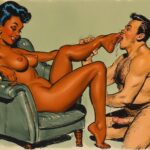
Dominatrix Witches: The Untold Stories of Female Power Throughout History
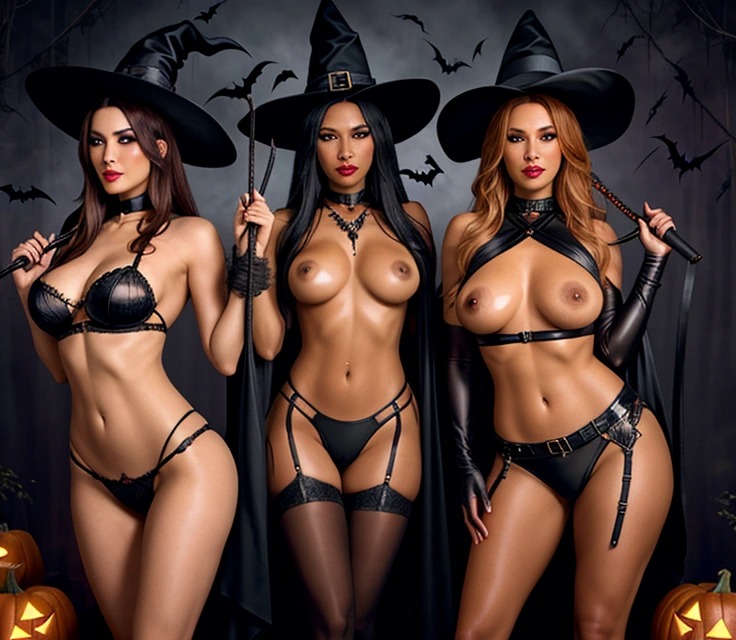
Witchy Women and Their Power: Exploring the Dominatrix Witches Throughout History
During my doctorate research, I encountered Samantha, a fascinating scholar who is diving deep into the history of witches. Over coffee, Samantha unraveled some incredible stories, explaining how many tales of witches throughout history can be linked to female dominance. She shared accounts—some factual, others mythologized—of women who were not just feared for their supposed magical powers, but for the control they wielded over men. These stories, often passed down by word-of-mouth, paint witches as early dominatrices, women who asserted their authority in ways that terrified the patriarchal societies they inhabited.
This article will take you through the historical and mythical connections between witchcraft and female dominance, examining the facts behind the myths and the tales that have been spun into legend.
Ancient Roots: The Shamans and Priestesses of Power
The image of the witch has ancient origins, long before the Middle Ages painted them as evil figures. In many early cultures, women acted as shamans, priestesses, and healers—figures who were deeply respected and revered for their connection to the spiritual realm. These early “witches” were seen as the intermediaries between the physical and spiritual worlds, holding knowledge of herbal remedies, poisons, and magical rituals.
In societies like Ancient Greece, the Pythia, or Oracle of Delphi, was one of the most powerful women, believed to channel messages from the gods. These women were respected and sometimes feared, but they held undeniable authority. Their control over life and death, particularly through healing or cursing, was an early manifestation of female dominance.
Mythical Twist: There’s a legend from ancient European tribes that speaks of moonlit gatherings where “witches” would punish men who sought to steal their secrets. These women, adorned with animal bone headdresses, were said to not only dominate spiritually but physically, locking their male captives in cages for the night. While it’s impossible to verify the truth of these stories, they speak to a deep-seated fear of women who exercised power over men.
The Middle Ages: Fear, Persecution, and the Rise of the Witch
As Christianity spread throughout Europe, the image of the witch began to change. Pagan practices, many of which were female-led, were demonized. Women who once held positions of spiritual power were now seen as heretics and witches, in league with the Devil. The Middle Ages were a turning point—witches were no longer healers but dangerous figures who threatened the social order, especially the patriarchy.
Women who lived outside the control of men—widows, midwives, older women—were often the first to be accused of witchcraft. These women, operating beyond the reach of male authority, were targeted because they symbolized independence. Joan of Arc, although not a witch in the traditional sense, was accused of sorcery and heresy for defying male authority. Her execution by burning mirrors the fates of countless accused witches during this time.
Mythical Twist: Whispers of a secret sisterhood of witches from the 14th century tell of women who seduced and dominated powerful kings and lords, leaving them powerless. According to these tales, these witches would host midnight feasts deep in the forests, where male rulers would be bound and forced to endure their whims, left tied to trees as punishment for their arrogance. Again, whether true or not, these stories reflect society’s fear of powerful, dominating women.
The Witch Trials: A Suppression of Female Power
The 16th and 17th centuries brought one of the darkest chapters in witchcraft history: the witch trials. Women accused of practicing witchcraft were tortured and executed, often for nothing more than being unconventional. These trials, infamous in places like Salem, Massachusetts, were about more than just purging evil—they were about crushing female independence.
The witch became the ultimate symbol of unchecked female power: a woman who communed with the Devil, seduced men, and wielded magic to harm. In a society dominated by men, these women—real or imagined—were terrifying.
Mythical Twist: In the Scottish Highlands during the late 1600s, there are tales of a coven of witches who exacted revenge on the men who sought to control them. According to lore, they would blindfold inquisitors and make them walk barefoot across fields of thorns, humiliating them and reinforcing their dominance before releasing them, forever marked by the experience.
Modern Witchcraft: Feminist Empowerment and the Reclamation of Power
In the modern era, witches have undergone a transformation. The rise of feminism has led many women to reclaim the term “witch” as a symbol of empowerment. No longer demonized, witches are now seen as figures of strength, independence, and control over their own destinies.
Today, modern witchcraft movements such as Wicca honor the divine feminine, celebrating women as powerful beings. The imagery of the witch, once associated with evil, is now a symbol of women reclaiming their autonomy. Spells, rituals, and witchcraft are used as tools of empowerment, much like female dominance in other spheres of life.
Femdom and Witchcraft: The Historical Parallels
The link between witches and female dominance is unmistakable. Historically, witches represented women who refused to submit—to society, to men, to religious authority. They embodied independence, control, and often fear-inducing power. In many ways, these witches were the original dominatrices, exerting their will over men and defying the expectations of a patriarchal world.
Whether through seduction, magic, or fear, witches commanded the attention and obedience of men. And while many of these stories are steeped in legend, they highlight a cultural narrative that associates powerful women with danger and dominance.
Samantha and I discussed several such legends, tales that have been passed down over the centuries. Here are a few of the most fascinating:
10 Stories of Femdom Witchcraft Throughout History
While the figure of the witch has often been vilified in historical accounts, there are tantalizing legends and whispers of women who used their power not only to dominate the minds and spirits of men, but also their bodies. Here, we delve into seven creative and historically inspired stories of witches sexually dominating men, with settings that span centuries and continents.
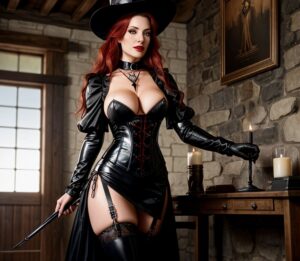
1. The Bewitching of the Roanoke Governor (1585)
Before the mysterious disappearance of the Roanoke Colony, there were whispers of a powerful witch who lived among the Indigenous people of the region. Known as Ahanu, she was said to possess great magic and had the ability to control men with a single glance. Governor John White, who led the early Roanoke settlers, is rumored to have been lured into her embrace. Ahanu was known for her sexual dominance, leading rituals where White would kneel before her in submission, whispering chants of worship. Some say the colony’s men fell under her spell, which weakened their resolve, ultimately contributing to Roanoke’s disappearance. The details remain shrouded in mystery, but legends of Ahanu’s influence persist.
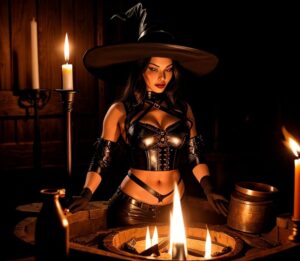
2. The Scarlet Witch of Salem (1692)
In the height of the Salem Witch Trials, one figure stood out: Martha Corey, who was not only accused of witchcraft but also of using her powers to dominate men sexually. According to court records, multiple men testified that Corey had visited them in their dreams, forcing them into acts of submission while they were under her spell. These dreams, described in vivid and erotic detail, allegedly left the men powerless, exhausted, and unable to resist her. Though she was executed, local lore suggests Corey was a practitioner of femdom witchcraft, manipulating and dominating the very men who condemned her.

3. The Black Widow of Versailles (1770)
In the glittering courts of Versailles, a woman named Madame Louise de Montreuil was rumored to possess powers that extended far beyond her dazzling beauty. Though she was part of the French nobility, whispers claimed that she dabbled in witchcraft, using her position to sexually dominate influential men in the court, including the king’s closest advisors. According to a courtier’s private diaries, Madame Montreuil would hold extravagant midnight gatherings, where she would have her male guests kneel before her and obey her every request. These men were under her control, unable to resist her orders to pleasure her with their tongues and later reveal political secrets and financial wealth. It was through her mastery of dark feminine magic that she rose in power and secured her position as a powerful figure in society.

4. The Domme Witch of the American Revolution (1776)
During the American Revolution, there were stories of a British officer stationed in the colonies who was seduced and dominated by a mysterious woman known only as The Scarlet Witch. This woman, thought to be the widow of a rebel spy, was said to have bewitched Colonel James Pratt, luring him to a secluded cabin deep in the woods. There, the colonel was reportedly stripped of his uniform and forced to kneel at her feet, where she sexually dominated him through rituals that left him entirely hers. This encounter, if it ever occurred, was whispered to have sapped Pratt of his strength and leadership, ultimately leading to his capture and disgrace.
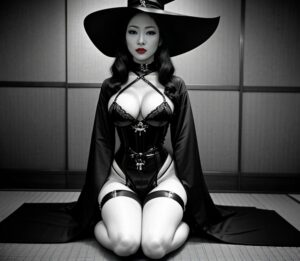
5. The Tokyo Witch of WWII (1945)
Amid the chaos of World War II, stories emerged of a witch who lived on the outskirts of Tokyo, rumored to have been a seductress capable of bending soldiers to her will. Murasaki, as she was called, was known to seduce Allied soldiers during the post-war occupation of Japan. She would lure them to her traditional house, offering them tea before weaving a spell of domination over them. These soldiers would later speak of Murasaki’s prowess in the bedroom, where she stripped them not only of their clothing but also their willpower. They would leave her house confused and disoriented, having experienced not only sexual domination but a complete mental submission to her control. Murasaki’s name became legendary among troops, who warned each other not to fall under her spell.
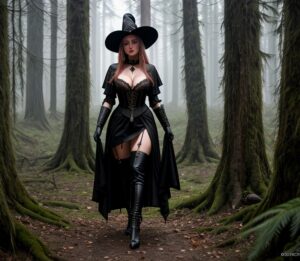
6. The Slavic Witch Queen (1565)
In the wild forests of Eastern Europe, a feared figure known as Wanda the Witch Queen dominated the hearts and bodies of men. It was said that Wanda could summon storms with a whisper and had the power to command entire armies through her sorcery. According to local legend, Wanda would bring captured men—usually soldiers from neighboring territories—into her tent, where she would bind them with magical ropes, forcing them to submit to her sexual whims. In her tent, she would often have control over groups of men – as many as a dozen at once. They were helpless to resist her commands, both to satisfy her and each other. And once Wanda was done playing with them, their fate was always the same – they would be discovered later wandering the countryside, naked and disoriented, with their testicles missing. Wanda’s dominance over men was renowned throughout the region, with stories of her power stretching beyond Slavic boundaries.
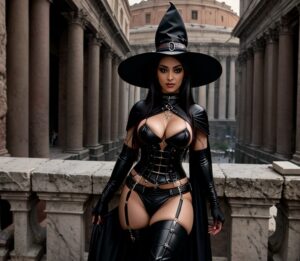
7. The Dominatrix of Rome (65 AD)
In ancient Rome, witches were both feared and revered, but few wielded as much power over men as Livia Drusilla, a wealthy widow known for her secretive and scandalous affairs. Livia was rumored to practice dark magic, and she would invite powerful men into her villa for secret ceremonies. These gatherings were said to include elaborate sexual rituals where she, clad in flowing black robes, would take complete control of her male guests. Livia’s magic was believed to weaken these men both mentally and physically, leaving them completely at her mercy. Her control over her lovers was legendary, and several senators were said to have fallen under her sway.

8. The Witch of Buenos Aires (1880)
During the late 19th century, in the bustling streets of Buenos Aires, whispers circulated of a witch named Isabella de la Cruz who preyed on the wealthy elite. Isabella, a beautiful woman of mixed Spanish and Indigenous heritage, was rumored to host private salons where men were invited for seemingly innocent conversations. But once inside her estate, these men found themselves helpless under her control. She would bind them with invisible forces, forcing them to worship her feet, endure chastity spells, and perform humiliating acts of submission. These men, many of whom were influential businessmen and politicians, could never resist her, and they returned to her time and again.
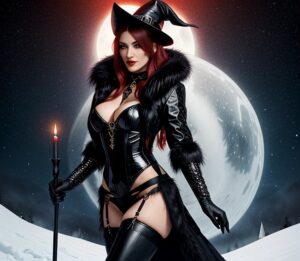
9. The Ice Witch of Norway (1480)
High in the frozen fjords of Norway, there lived a woman known only as the Ice Witch. Her name has been lost to history, but her legend endures. It was said that she could summon blizzards with a wave of her hand and control the movements of the sun. This witch was known for capturing shipwrecked sailors who ventured too close to her lair. Once inside, they were said to be chained to the walls of her icy cavern, where she dominated them sexually for the remainder of their days. While little is know about the Ice Witch, one man who managed to escape returned to his village broken and submissive, unable to explain the power she held over him.
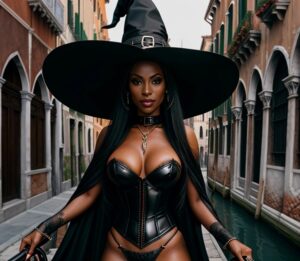
10. The Seductress of Venice (1600)
In the canals of Venice, an aristocratic woman named Contessa Isabella Verdi was said to bewitch men using both her beauty and her knowledge of dark magic. Venice’s elite men would vie for invitations to her grand palazzo, where, it was rumored, she conducted elaborate femdom rituals under the guise of refined masquerade balls. These rituals would end with men tied to marble columns while she dominated them sexually, using spells to ensure their obedience. Apparently, this included some serious anal penetration. She would then send them back to their wives with strict instructions to remain faithful to her alone. The men would forgoe their wives, turning over all of their love, and ritches, to the Seductress of Venice. These stories only added to her allure, and she became one of the most powerful women in Venice’s dark underworld.
Conclusion: Witches as Symbols of Female Power
Witches, whether historical or mythological, have always represented women who refused to be controlled. Their power was feared because it was outside the grasp of men. In today’s world, witches are seen not just as figures of magic, but as symbols of female empowerment and dominance. From the shamans of ancient times to the femdom rituals of modern witches, these women have always reminded the world of who truly holds the power.
Witches—both real and imagined—continue to inspire those who seek to reclaim their strength, their autonomy, and their place in a world that has long sought to suppress them.


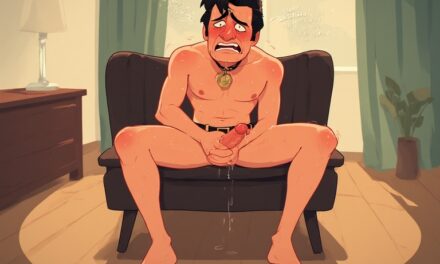


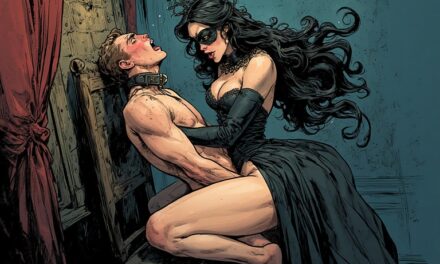















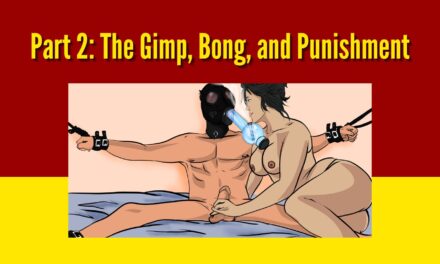


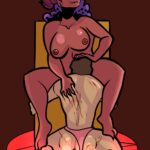






















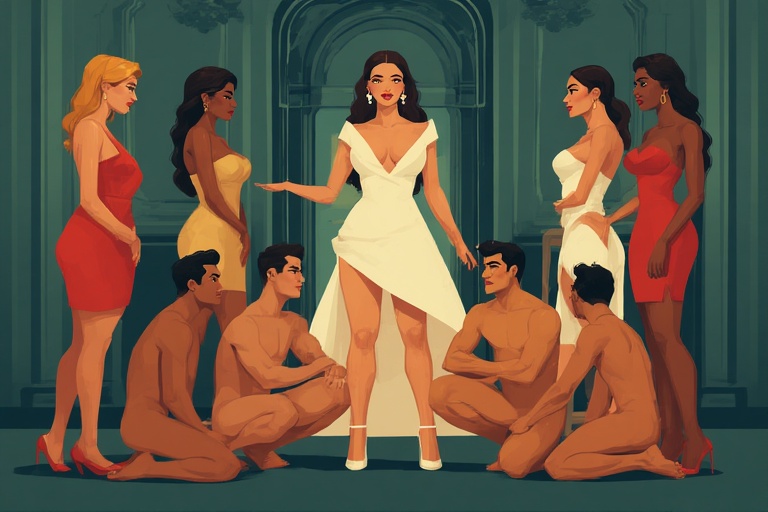
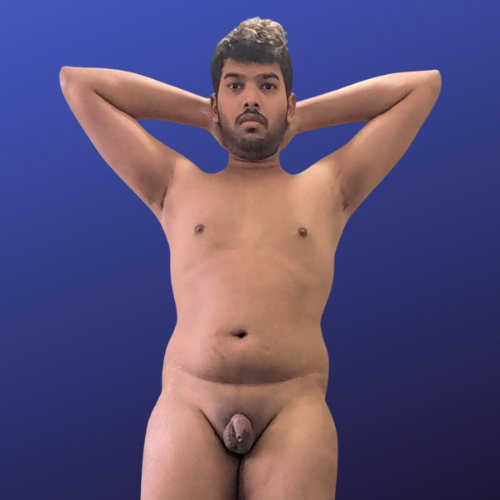
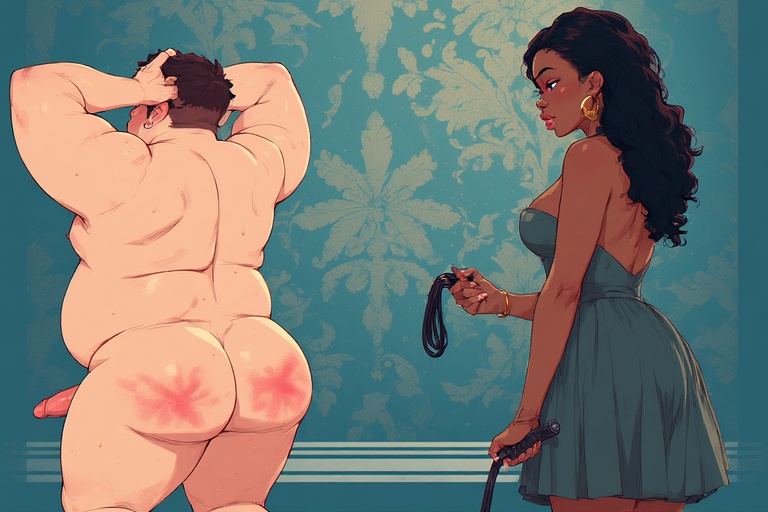
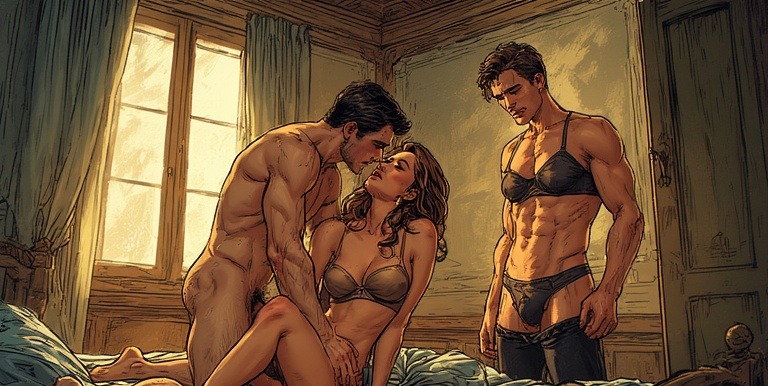


Latest Comments